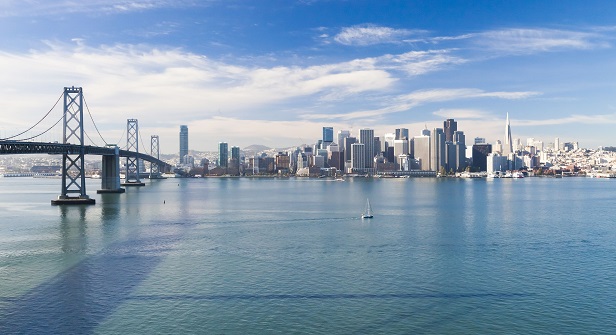Large coastal markets will face the most challenging path forward, according to a new special report from Marcus & Millichap. In its latest data from Beyond the Global Health Crisis fourth quarter report, Marcus & Millichap notes that Northeast and West Coast with large population centers will face the most challenges regaining normalcy following the pandemic.
Northeast and West Coast markets are dense and natural vectors for the spread of the virus. They rely on public transit and dense downtown work and entertainment centers. However, most residents won’t return to these spaces until they feel safe, and that could mean decreased traffic and stagnant sales. In addition, the shift to remote work has allowed many residents to move out of these dense and expensive markets and into more affordable areas. This will work in opposition to a potential recovery.
The pandemic is accelerating migration patterns already in place before the pandemic. Sunbelt markets, for example, were already seeing inward migration from more expensive markets, and as a result, the region has led in population growth. Dallas/Fort Worth, Austin and Phoenix are at the top of the list, offering a low cost of living and business-friendly environment, which have attracted not only residents but businesses as well. The pandemic has only added more fuel to these trends, and as a result, the labor force in the region will come out stronger, but the activity will also support the recovery in these areas.
There are notable differences in economic distress in markets that were less impacted by the pandemic. States with dense major metros like California, New York, Illinois and Texas have the most significant unemployment rates, ranging from 8% to 10%. California has one of the worst unemployment rates in the country, above 10%, along with Nevada and Illinois. Markets with a more mild outbreak and sprawling population centers, on the other hand, like Utah and Montana, have unemployment rates below 6%. However, surging cases during the winter months could reverse this trend. Bars and restaurants in cold weather markets will struggle with indoor service restrictions.
While large coastal markets have been hard hit by the pandemic and face a longer road to recovery, the decrease in COVID cases in these markets could create positive momentum, according to the report. Still, they are reliant on travel spending and foot-traffic, unlike the Midwest, and the shutdown of the travel and retail industries has cause major disruption.
